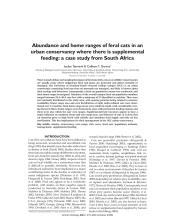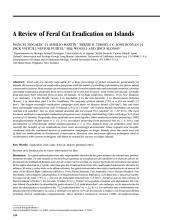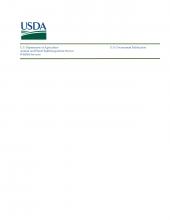Biology and Impacts of Pacific Island Invasive Species. 15.Psittacula krameri, the Rose-Ringed Parakeet (Psittaciformes: Psittacidae)

BRB
Available Online
Kalodimos, N.
,
Shiels, A.
2019
The rose-ringed parakeet (RRP), Psittacula krameri, has become established in at least four Pacific Island countries (Hong Kong China, Japan, New Zealand, U.S.A.), including the Hawaiian islands of Kauai, Oahu, and Hawaii. Most Pacific islands are at risk of RRP colonization. This species was first introduced to Hong Kong in 1903 and Hawaii in the 1930s1960s, established since 1969 in Japan, and in New Zealand since 2005 where it has repeatedly established after organized removals. The founding birds were imported cage-birds from the pet trade. In native India, RRP are generally found associated with human habitation and are considered a severe agricultural pest. In the Hawaiian Islands, RRP are increasing and expanding their geographic ranges below 500m elevation. Population estimates in 2018 on Kauai were ?6,800 birds, which was a three-fold increase and a 22.5% annual growth rate in the prior 6 years, whereas Oahu had ?4,560 birds with a 21% annual growth rate the prior 9 years; these rates suggest a population doubling time of ?3.5 years. Wild RRP can live 14+ years, can reproduce after 1.5 years, and have few effective predators. Breeding pairs produce 13 fledglings annually. RRP are seed predators and rarely seed dispersers; their flock-foraging behavior can result in severe damage to orchard and field agricultural crops including tropical fruit and corn (Zea mays), and such economic damages are especially pronounced on Kauai. Island societies should prevent new introductions and consider RRP deterrents and population control methods to protect resources.


